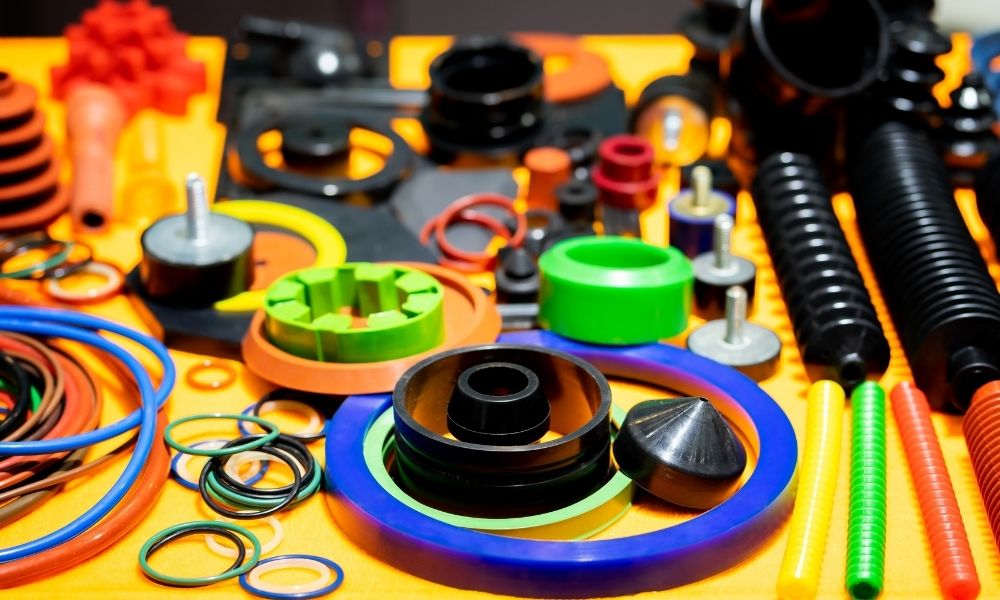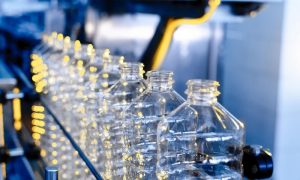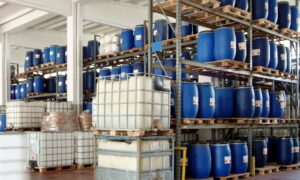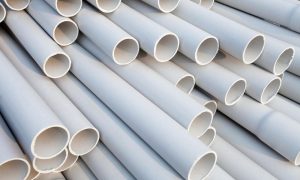Plastics have been around now for a few decades, and their production has become more streamlined. These days, they are a huge benefit to manufacturing, and they’re a fraction of the cost of metals. They also outlast traditional parts. This article covers why automakers are increasing their use of plastic parts for their businesses.
Parts Are Cheaper To Build
There was a massive cutback on metal production once plastics came on the scene due to the nature of how they were produced. Plastics were initially a byproduct of petroleum production, and plastics engineering now takes the forefront of most industrial production. Plastic has been made to work with nearly anything.
Strength and Endurance Are Unmatched
Plastics last for long periods of time under certain conditions. They’re made of petroleum resin through CNC plastic machining services. They don’t break down, and they wear very slowly, so that makes them a perfect replacement for most metals and other organic materials previously used in automotive engineering. They’re structurally stable and have a higher tensile strength than metals, meaning that they rarely ever break under pressure. This gives them the strength to pull and push with engine parts.
Efficiency Is Greatly Increased
Plastics don’t rust or corrode as metals do. Because of this, they maintain their resilience and are effective for years after use. Furthermore, because they don’t hold heat like metals, they don’t produce as much friction. With a product that can match the strength of metal and outproduce it, it’s no wonder plastics have flooded the market with their parts, especially in the automotive industry.
Plastics are cheap, easy to produce, and have lots of benefits. Considering they’re the competition in manufactured parts, it’s no surprise why automakers are increasing their use of plastic parts.




